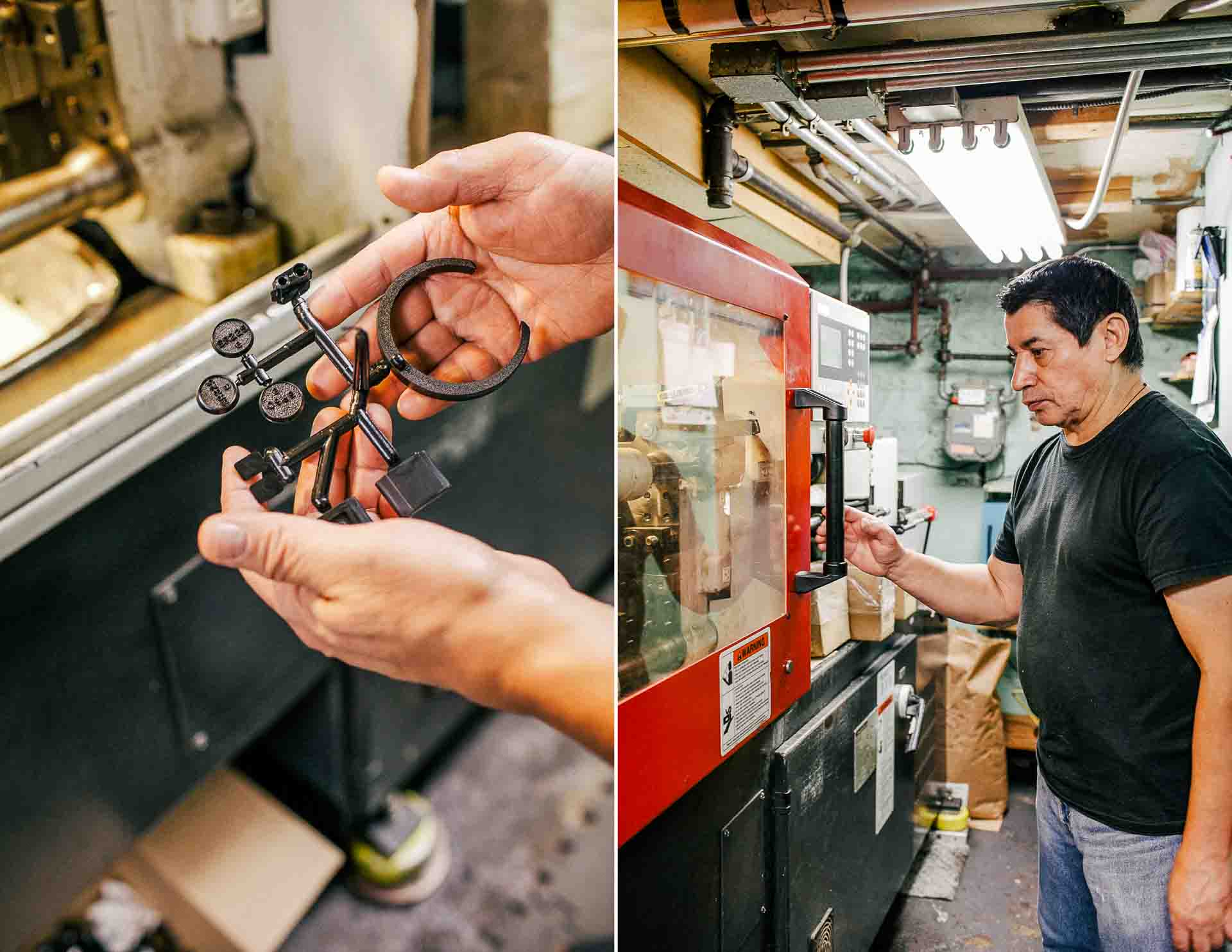“Just when you think you’re not there, you’ve arrived” — Jonathan Grado
As I pulled up to the teemed 4-story building in Sunset Park, much like Elijah Wood, I was intrigued and euphoric at the opportunity to get a first-hand glimpse into the third-generation, family-run company within: Grado Labs.
Grado Labs was founded back in 1953 by Joseph Grado, and has been developing high-end dynamic headphones since the late 1980s. And they’re located right here in Brooklyn, rather than on the West Coast as one might expect of this type of company.
(In case you were wondering about Jonathan Grado’s quote above, it was in reference to the fact that the building’s facade wouldn’t necessarily lead anyone to believe the thriving craftsmanship brewing within.)
Let me preface my experience by saying that for me, the most admirable trait any company can have is transparency — the self-confidence in one’s internal operations, structures, and culture that customers are invited behind the scenes to see how things are done. In the end it breeds trust all around, and I’m grateful to Jonathan Grado (VP of Marketing and grandson of the founder) for the guided tour.
I didn’t know what to expect walking in. I envisioned an open and pristine white workshop, with plenty of beautiful ambient light streaming in and classical music playing in the background.
But I found none of that. Throughout the building (which used to serve as the Grado family’s residence), each floor is split into different “functions”. When you walk in, you immediately find yourself right in the company office. Downstairs, the basement houses machinery which produces the raw materials for some of their headphone series.
In a single elongated room on the second floor, the greater portion of employees assemble headphone components in stages: carefully gluing thin mesh screens onto the drivers (speakers), hand-stamping logos, serializing every pair, soldering parts together, testing every single unit to ensure they meet Grado standards, and ultimately fulfilling the onslaught of online orders.
Though at first glance it all seems hectic, for them it’s merely a methodical process that isn’t much different from a typical visit to the DMV. There’s a lot going on but stuff gets done.
The fourth floor is where the family dining and living room used to be. This space was later repurposed into the “listening room”, where all the final headphone testing takes place. It’s a tranquil space, to say the least. One side of the room is adorned with lovely paintings created by Jonathan’s grandfather, along with comfortable leather furniture. At the far end, an entertainment center houses turntables, receivers, and prototype models of Grado headphones.
Lorina, along with her sister, were warm and gracious hosts. Their sheer enthusiasm to enlighten me on the various steps needed to assemble each and every set of headphones was amazing.
Equally remarkable is knowing that when I receive my Grado headphones in the mail, I will be able to say I had the opportunity to spend time with the person who singled-handedly assembled them. Not many other companies you can say that about.
The craftsmanship and heritage of this company have never been sidelined, and in fact are still vibrant and living within both the products and the people who make them. As I maneuvered from room to room, through narrow halls and stairs packed with audio equipment, I met many wildly-spirited people who, like Lorina, have been with the company for 20-plus years and counting.
I try to to visit Brooklyn neighborhoods whenever I have a good excuse, and my friends, this was a downright great one.
At the end of the day, music means many things to many people. But whether you use music to relax, re-energize, or get encouraged beyond what you think you’re capable of, it makes all the difference what you use to hear it. While I by no means consider myself an audiophile, I can tell you that the headphones Grado Labs produces are as remarkable as the people making them.

















